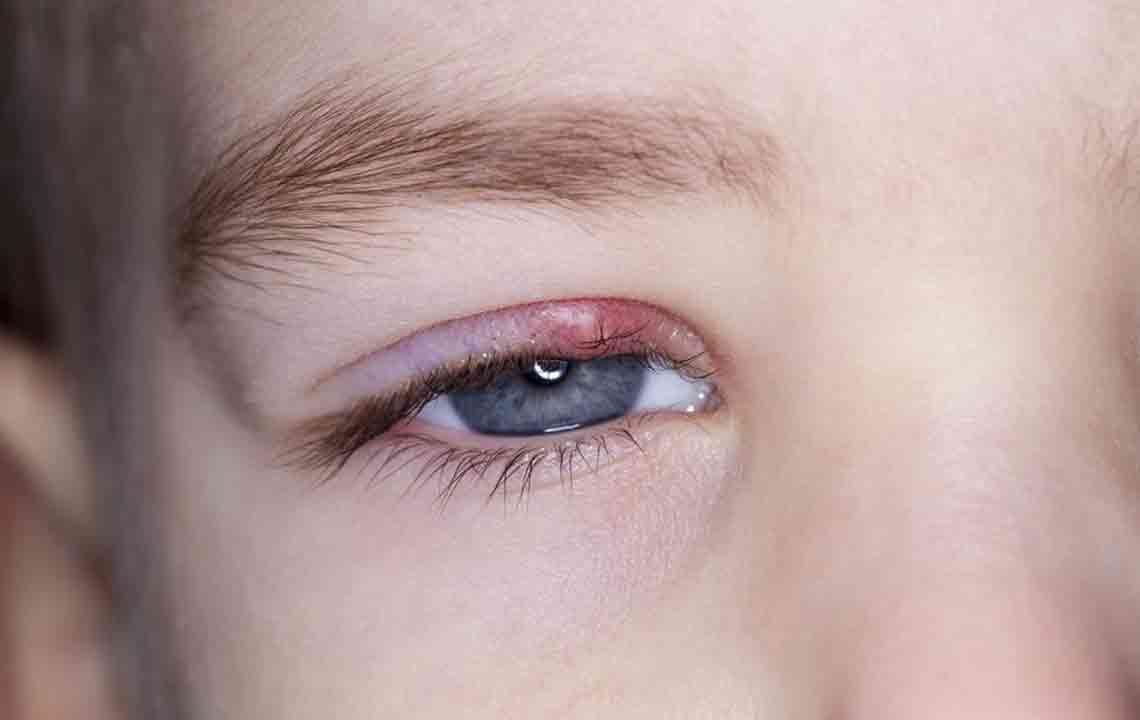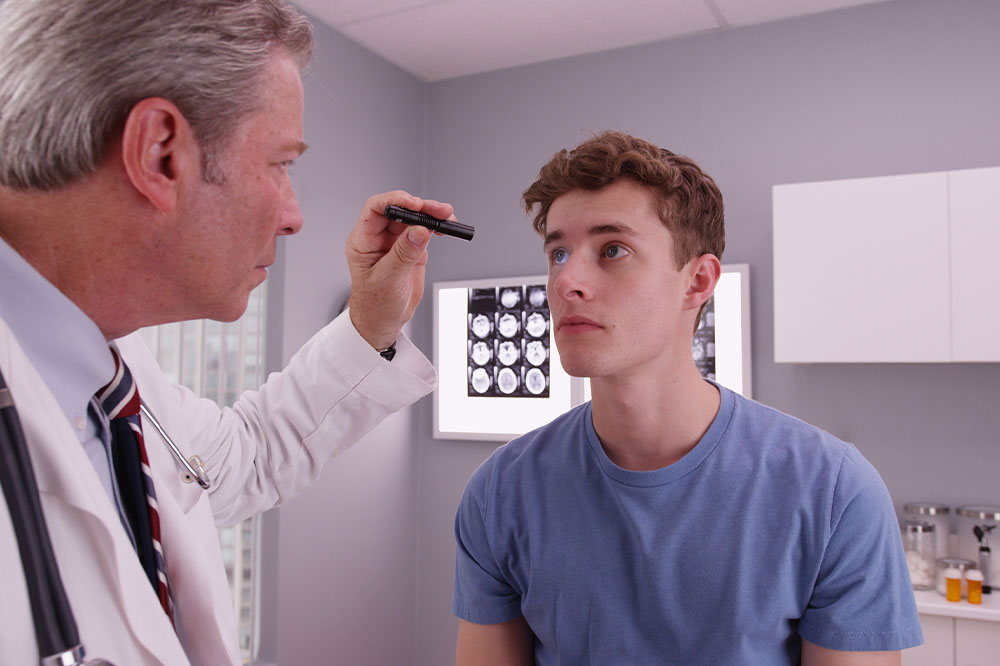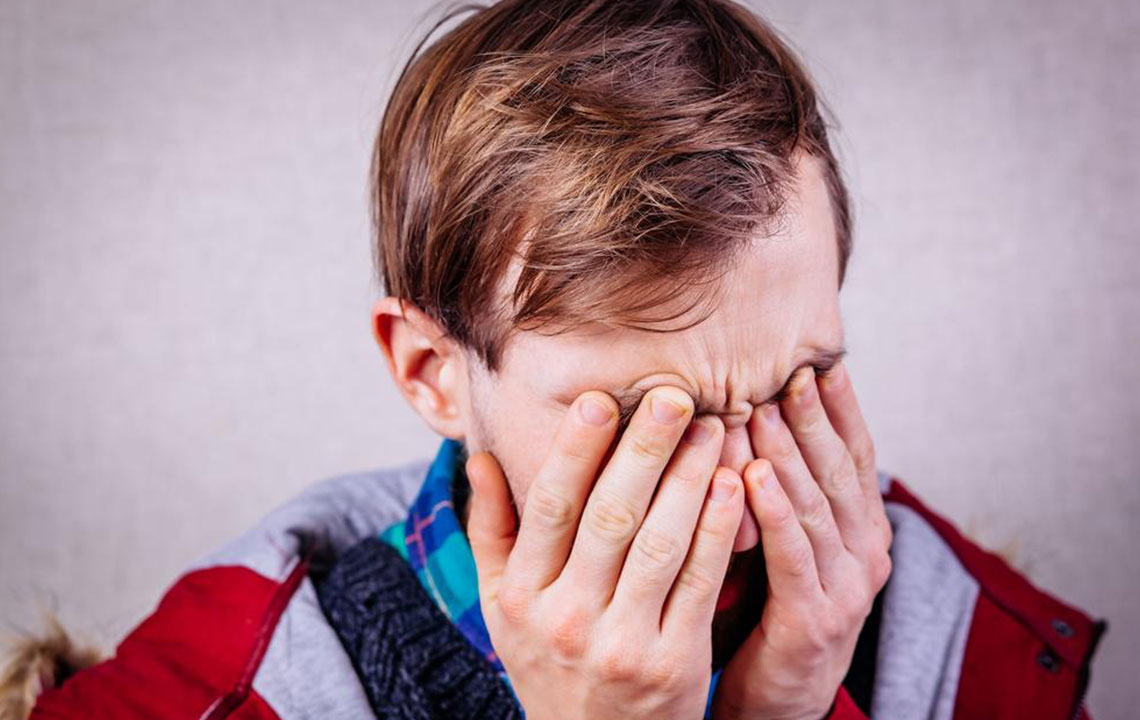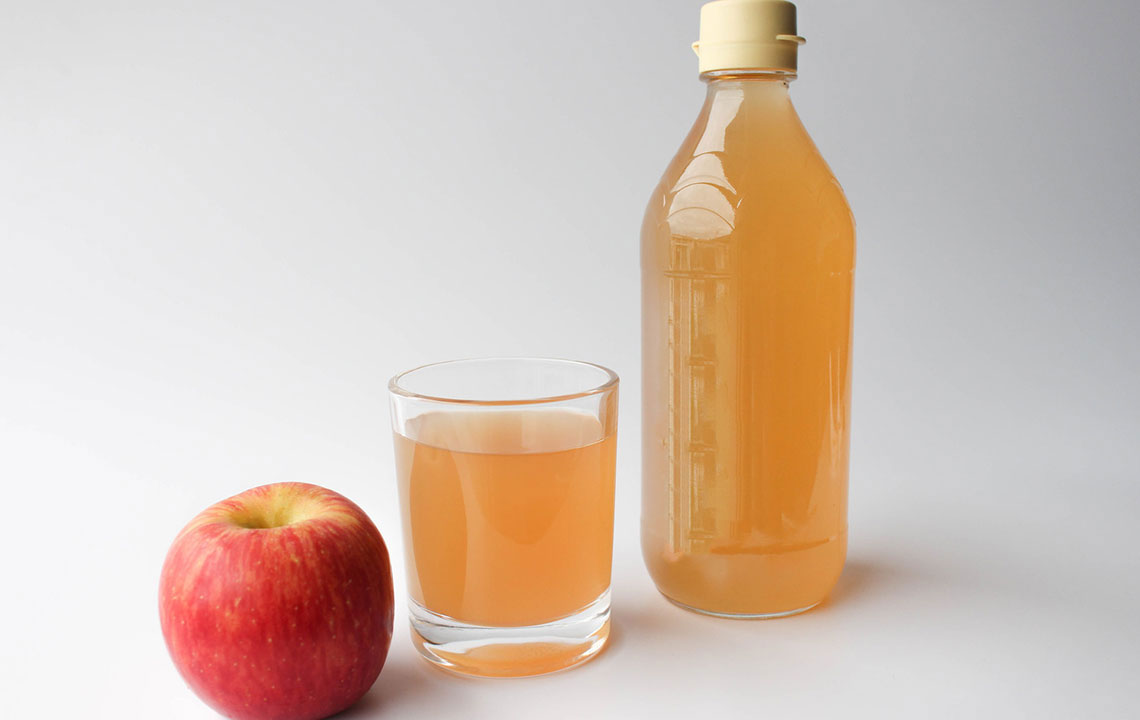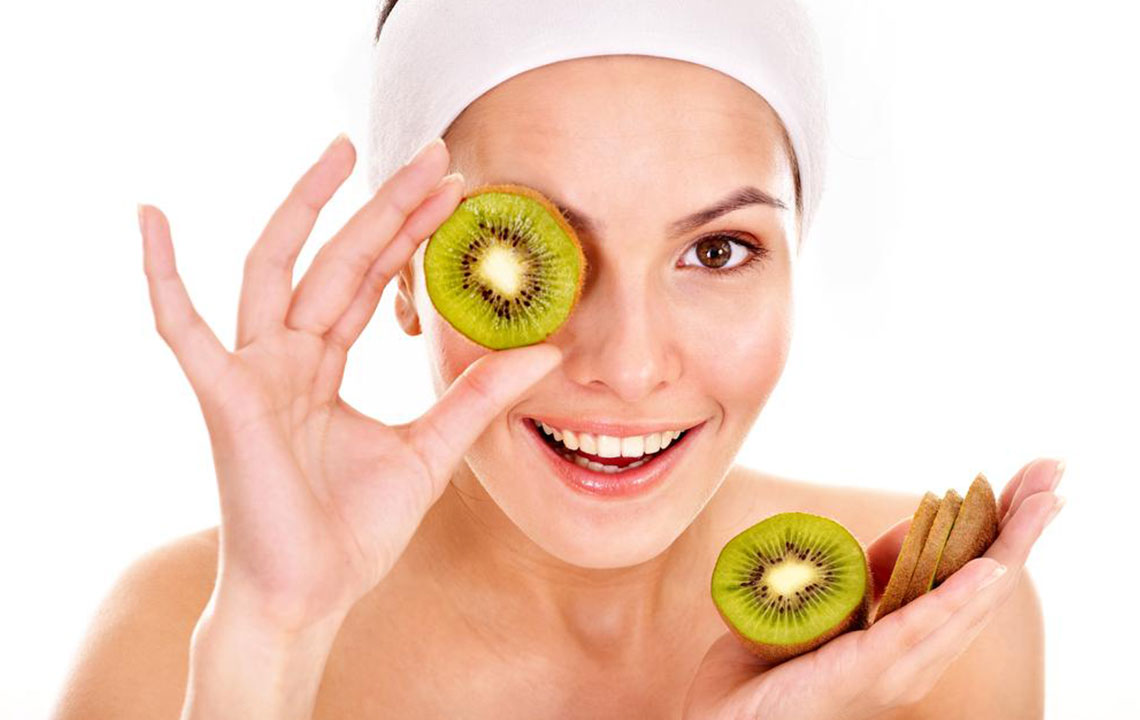Comprehensive Home Remedies and Treatments for Styes: Safe & Natural Approaches
This comprehensive article explores natural and effective home remedies for treating styes, emphasizing hygiene, warm compresses, and when to seek medical care. It provides practical tips for safe management, promoting quick recovery and preventing complications, making it a valuable resource for those suffering from eyelid infections.

Comprehensive Home Remedies and Treatments for Styes: Safe & Natural Approaches
A stye, medically known as a hordeolum, is a common eye condition characterized by a tender, red bump that appears along the eyelid margin. While it might seem like just a small bump, understanding its causes, symptoms, and effective treatment options—especially those you can apply at home—is crucial for quick relief and prevention of complications.
Styes occur due to bacterial infection, predominantly caused by Staphylococcus aureus, which infects the oil glands located near your eyelashes. These glands are responsible for secreting oils that keep your eyelids lubricated. When these glands become blocked by dead skin cells, dirt, or excess oil, bacteria can thrive, leading to inflammation and infection. This results in the formation of a painful, red bump commonly known as a stye. Occasionally, the bump may be painless and resemble a chalazion—a similar but less inflamed condition caused by a blocked oil gland without bacterial infection. Recognizing the difference can help determine appropriate treatment options.
Fortunately, numerous natural and home-based remedies can expedite healing, reduce discomfort, and prevent recurrence. This extensive guide explores effective strategies to treat styes at home safely, complemented by when to seek medical intervention for more severe cases.
Understanding the Causes and Symptoms of Styes
Before diving into remedies, it’s helpful to understand what triggers stye formation and the typical signs to watch out for. Besides bacterial infection, other factors include poor eyelid hygiene, stress, hormonal fluctuations, and eye makeup or contact lens use. Folks with blepharitis or dandruff may also be more prone.
Common symptoms encompass pain, redness, swelling, and tenderness around the eyelid. The bump might be accompanied by tearing, sensitivity to light, or a feeling of grit or itchiness in the eye. Sometimes, the stye may contain a visible yellowish pus at its center—indicative of pus accumulation due to infection.
In some cases, the swelling can grow larger or cause obstructed vision if it presses against the eyeball, emphasizing the importance of proper management and timely treatment.
Effective Home Remedies for Treating Styes
While mild cases can often be managed effectively at home, understanding the best practices ensures safety and faster recovery. Here are some well-established natural remedies:
Warm Compresses: Applying a warm compress to the affected eyelid is the most recommended first step. The warmth helps soften the oils blocking the gland and promotes natural drainage. Use a clean cloth soaked in warm water, squeeze out excess liquid, and place it over the closed eyelid for 10-15 minutes. Repeat 3-4 times a day for optimal results.
Tea Bag Therapy: A warm, moist black tea bag can be more effective due to its antibacterial properties. Soak a black tea bag in boiling water for a minute, then allow it to cool until comfortably warm. Place the tea bag gently on your closed eyelid for about 5-10 minutes. The tannins and antioxidants in tea help reduce inflammation, swelling, and bacterial growth. Be sure to use a fresh tea bag for each eye to prevent cross-contamination.
Gentle Eyelid Hygiene: Cleansing your eyelids regularly with a mild, tear-free baby shampoo diluted in warm water can help remove excess oil, dirt, and bacteria. Use a soft washcloth or cotton swab to delicately wipe along the eyelid margins. Avoid rubbing vigorously to prevent further irritation.
Saline Solution Rinse: A saline rinse can help flush out bacteria and pus from the affected area. Prepare a sterile saline solution or purchase pre-made saline drops. Gently rinse the eyelid, especially after applying compresses or cleansing routines, to aid drainage and reduce bacterial load.
Massage and Drainage: Once the stye has softened, gentle eyelid massage can promote drainage. Use sterile wipes or your clean fingertip to softly massage from the base of the eyelash toward the tip, without applying too much pressure. This encourages the pus to drain naturally, alleviating pain and swelling. Do not attempt to squeeze or pop the bump, as it can worsen infection or cause scarring.
Use of Over-the-Counter Ointments: Antibiotic ointments, such as erythromycin or bacitracin, are available without a prescription. Apply a small amount along the eyelid margin while avoiding the eye itself. Follow the instructions carefully and discontinue use if irritation occurs.
It’s essential to maintain eyelid hygiene during recovery to prevent reinfection or recurrence. Always wash your hands thoroughly before touching your face or eyes.
Cautions and When to Seek Medical Help
Most styes resolve within a week or so with home care. However, certain circumstances demand professional medical attention:
If the stye persists longer than two weeks despite home treatment
If the swelling becomes increasingly painful or enlarges significantly
If your vision becomes impaired or blurred
If you experience severe redness, swelling of the eyelid, or spreading infection
If you develop recurrent styes frequently
In such cases, medical intervention might include:
Professional incision and drainage of the stye
Prescription oral antibiotics for resistant infections
Use of corticosteroid injections to reduce inflammation in persistent cases
Never attempt to pop or squeeze a stye on your own, as doing so can spread infection and worsen the condition. Consulting an ophthalmologist ensures proper diagnosis and safe treatment.
In summary, maintaining good eyelid hygiene, applying warm compresses, and using natural remedies can effectively manage most styes at home. Being vigilant about symptoms and seeking timely medical advice when necessary ensures optimal recovery and prevents complications.

